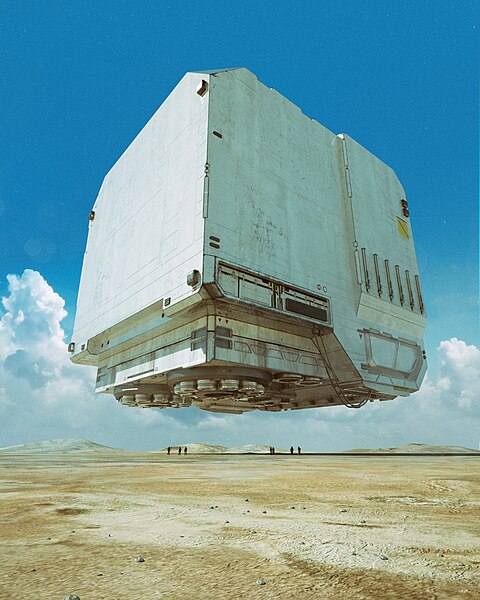Anti-gravity is a hypothetical phenomenon of creating a place or object that is free from the force of gravity. It does not refer to either the lack of weight under gravity experienced in free fall or orbit, or to balancing the force of gravity with some other force, such as electromagnetism and aerodynamic lift. Anti-gravity is a recurring concept in science fiction. Examples are the gravity blocking substance "Cavorite" in H. G. Wells's The First Men in the Moon and the Spindizzy machines in James Blish's Cities in Flight.
Artistic depiction of a fictional anti-gravity vehicle
A monument at Babson College dedicated to Roger Babson for research into anti-gravity and partial gravity insulators
In physics, gravity (from Latin gravitas 'weight') is a fundamental interaction which causes mutual attraction between all things that have mass. Gravity is, by far, the weakest of the four fundamental interactions, approximately 1038 times weaker than the strong interaction, 1036 times weaker than the electromagnetic force and 1029 times weaker than the weak interaction. As a result, it has no significant influence at the level of subatomic particles. However, gravity is the most significant interaction between objects at the macroscopic scale, and it determines the motion of planets, stars, galaxies, and even light.
The shape of two massive galaxies in the picture are distorted due to gravity.
The Leaning Tower of Pisa, where according to legend Galileo performed an experiment about the speed of falling objects
English physicist and mathematician, Sir Isaac Newton (1642–1727)
An illustration of the Schwarzschild metric, which describes spacetime around a spherical, uncharged, and nonrotating object with mass






